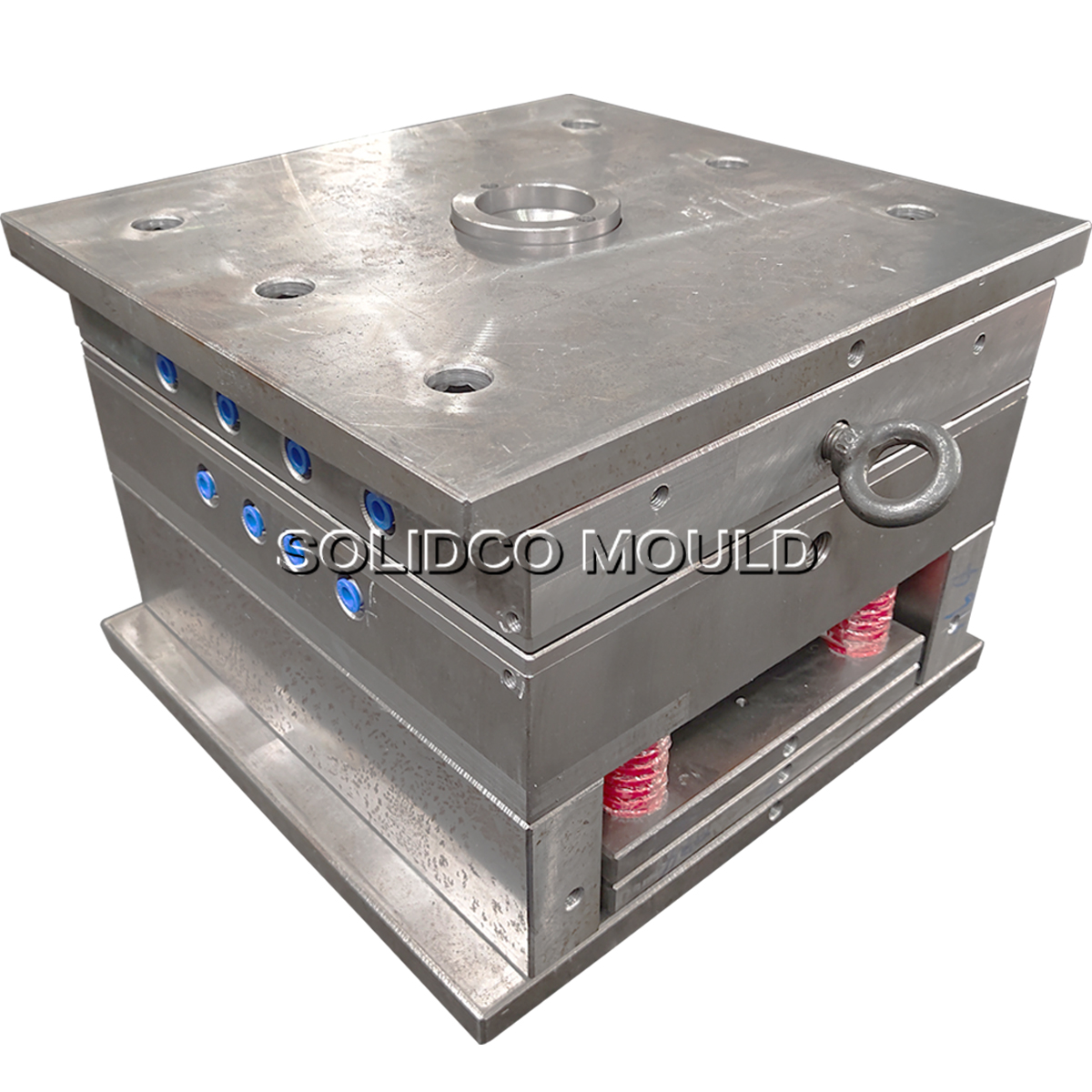During the molding process of plastic products, any molding factor that reduces the molecular orientation of the polymer in the product can reduce orientation stress; any process condition that ensures uniform cooling of the polymer in the product can reduce cooling internal stress; and any processing method that facilitates demolding of the plastic product can help reduce demolding internal stress.
The following processing conditions significantly impact internal stress:
① Barrel Temperature
Higher barrel temperatures help reduce orientation stress. This is because higher barrel temperatures allow the melt to plasticize evenly, reducing viscosity and increasing fluidity. As the melt fills the mold cavity, the molecular orientation effect is less pronounced, resulting in less orientation stress.
At lower barrel temperatures, the melt viscosity is higher, leading to greater molecular orientation during mold filling and greater residual internal stress after cooling and settling. However, excessively high barrel temperatures are also not desirable. Excessively high barrel temperatures can lead to insufficient cooling, which can easily cause deformation during demolding. While orientation stress is reduced, cooling stress and demolding stress increase.
② Mold Temperature
Mold temperature significantly influences both orientation stress and cooling stress. On the one hand, excessively low mold temperature accelerates cooling, leading to uneven cooling and significant differences in shrinkage, which in turn increases internal stress during cooling.
On the other hand, excessively low mold temperature accelerates the temperature drop of the melt after entering the mold, causing a rapid increase in melt viscosity. This results in high-viscosity mold filling, significantly increasing the degree of orientation stress.
Mold temperature significantly influences plastic crystallization. Higher mold temperatures promote dense grain packing, reduce or eliminate internal defects within the crystals, and thus reduce internal stress.
Furthermore, mold temperature requirements vary for plastic products of varying thickness. Thick-walled products require a slightly higher mold temperature.
③ Injection Pressure
High injection pressure increases the shear forces exerted on the melt during mold filling, increasing the likelihood of orientation stress. Therefore, to reduce orientation stress and eliminate demolding stress, injection pressure should be appropriately lowered.
④ Holding Pressure
Holding pressure has a greater impact on internal stress in plastic products than injection pressure. During the holding stage, as the melt temperature decreases, the melt viscosity rapidly increases. Applying high pressure during this period will inevitably force molecular chain orientation, resulting in greater orientation stress.
⑤ Injection Speed
The faster the injection speed, the more likely it is to increase molecular chain orientation, leading to greater orientation stress. However, if the injection speed is too low, the plastic melt may separate into layers after entering the mold cavity, forming melt marks, stress concentration lines, and stress cracking.
Therefore, a moderate injection speed is recommended. It is best to use variable injection speed, gradually decreasing the speed while filling the mold.
⑥ Holding Time
A longer holding time increases the shear effect on the plastic melt, resulting in greater elastic deformation and the accumulation of more orientation stress. Therefore, orientation stress increases significantly with longer holding time and increased material feed.
⑦ Mold Opening Residual Pressure
The injection pressure and holding time should be appropriately adjusted so that the residual pressure in the mold is close to atmospheric pressure upon mold opening to avoid the generation of greater internal release stress.
